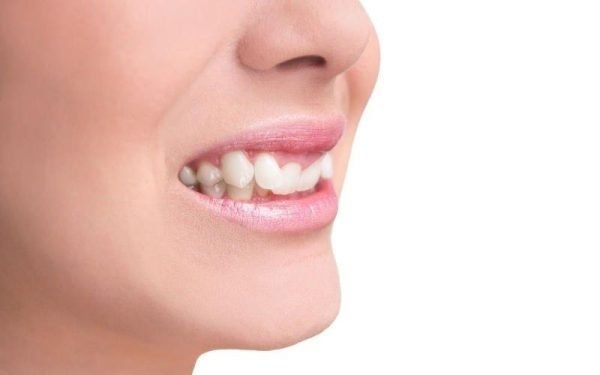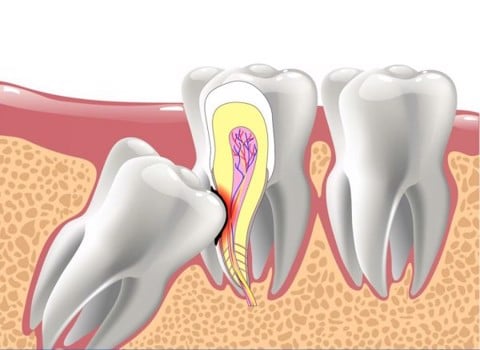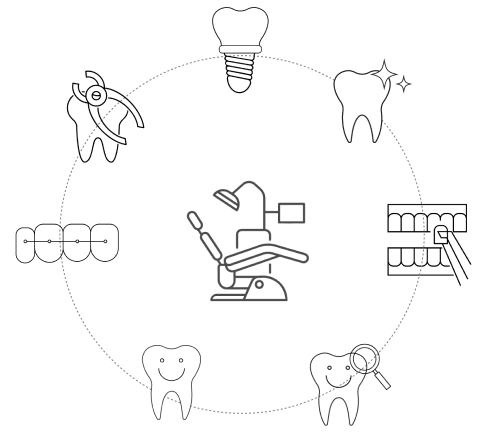Nội dung bài viết
ToggleWhat is Root Canal Treatment and How Does it Affect Your Teeth?
Root canal treatment is a dental procedure that involves removing the infected or damaged pulp from the inside of a tooth. The pulp is the soft tissue that contains nerves, blood vessels, and connective tissue, and it can become infected or inflamed due to deep decay, repeated dental procedures, cracks or chips in the tooth, or trauma to the face.
During a root canal procedure, the dentist near me will numb the tooth and surrounding area, make a small hole in the top of the tooth, and use special instruments to remove the infected pulp. The inside of the tooth will then be cleaned and disinfected, and a filling material will be placed in the space where the pulp used to be. In some cases, a crown may be placed on top of the tooth to provide additional support and protection.
Root canal treatment can help save a tooth that would otherwise need to be extracted. It can also relieve pain and discomfort caused by an infected or inflamed pulp. After the procedure, you may experience some sensitivity or discomfort for a few days, but this can usually be managed with over-the-counter pain relievers.
Overall, root canal treatment can be a highly effective way to restore the health and function of a damaged or infected tooth, and it can help you maintain a healthy smile for years to come.
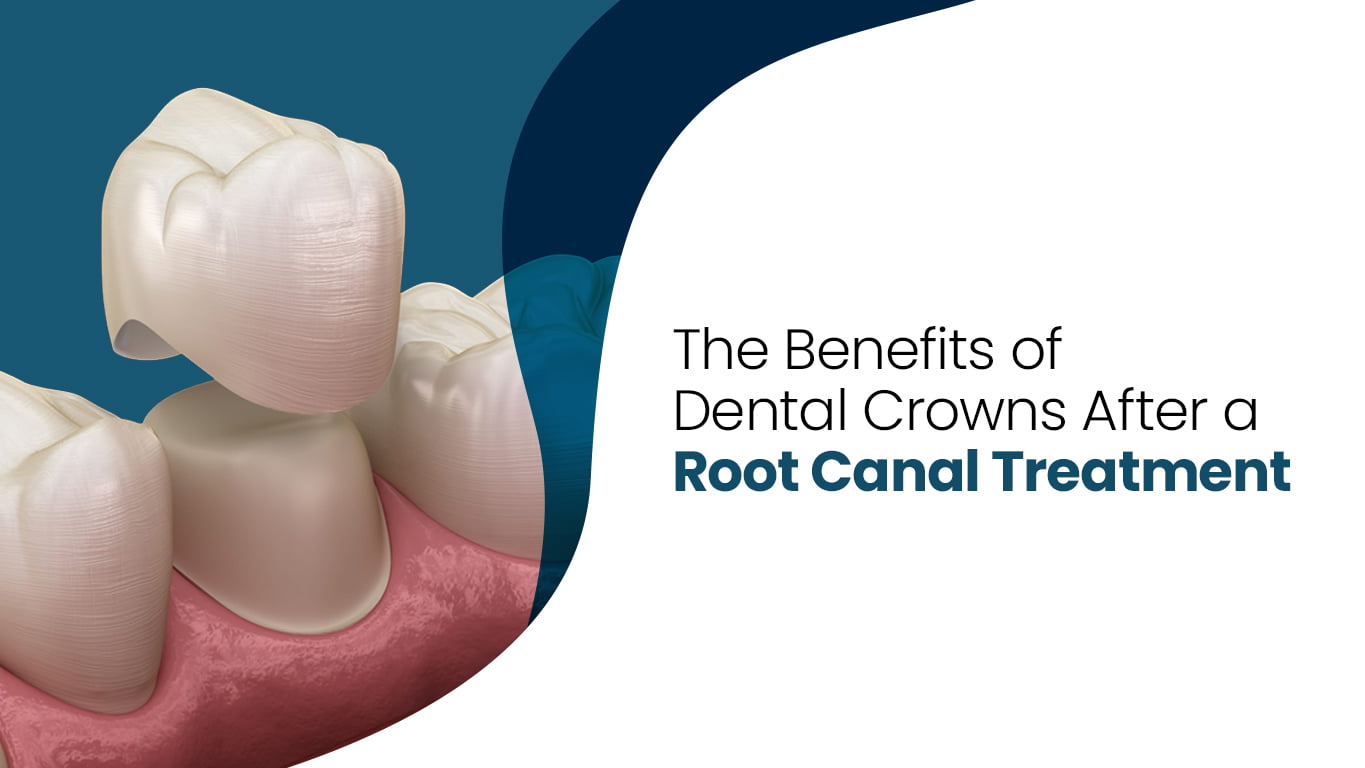
Why is Porcelain the Best Choice for Tooth Restoration After Root Canal Treatment?
When it comes to tooth restoration after root canal treatment, porcelain is often the best choice. Porcelain teeth have several benefits that make them ideal for this type of procedure. One of the main benefits is their natural appearance. Porcelain veneers and dental crowns after root canal treatment matches the color and shape of your other teeth, making them virtually indistinguishable from your natural teeth.
Another benefit of porcelain teeth is their durability. Porcelain is a strong and long-lasting material that can withstand the daily wear and tear of chewing and speaking. This means that your tooth restoration will be able to last for years, if not decades, with proper care and maintenance.
In addition to their natural appearance and durability, porcelain teeth also offer some other benefits. For example, they are stain-resistant, which means that they will maintain their bright, white appearance over time. They are also easy to clean and maintain, making them a low-maintenance option for tooth restoration.
If you require tooth restoration after root canal treatment, porcelain is a great choice. Porcelain veneers and dental crowns after root canal treatment offer many benefits, including their natural appearance, durability, and low-maintenance nature. If you are interested in porcelain teeth for your tooth restoration, be sure to talk to your dentist near me about your options and the best course of treatment for your specific needs.
What are the Different Types of Porcelain Teeth Available for Tooth Restoration?
When it comes to tooth restoration, porcelain teeth are a popular choice due to their natural appearance and durability. However, there are different types of porcelain teeth available for tooth restoration, each with its unique benefits.
One type of porcelain tooth is the all-ceramic crown. These crowns are made entirely of ceramic material, which gives them a natural appearance that closely matches your other teeth. They are also durable and long lasting, making them a popular choice for tooth restoration.
Another type of porcelain tooth is the zirconia crown. These crowns are made of a type of ceramic material that is reinforced with zirconium oxide. This makes them even stronger and more durable than all-ceramic crowns, while still maintaining a natural appearance.
Finally, there are full porcelain crowns, which are made entirely of porcelain material. These crowns offer a high level of customization and can be color-matched to your other teeth for a natural appearance. They are also highly durable and long lasting, making them a great choice for tooth restoration.
When choosing the type of porcelain tooth for your tooth restoration, it is important to consider your specific needs and preferences. Your dentist can help you determine the best type of porcelain tooth for your situation, taking into account factors such as the location of the tooth, the amount of wear and tear it will undergo, and your aesthetic preferences.
The different types of porcelain teeth available for tooth restoration include all-ceramic crowns, zirconia crowns, and full porcelain crowns. Each type offers its unique benefits, and the best choice for your situation will depend on your specific needs and preferences. Be sure to talk to your dentist about your options and the best course of treatment for your tooth restoration needs.
How to Care for Porcelain Teeth Following a Root Canal Treatment?
After undergoing a root canal treatment and receiving porcelain teeth for tooth restoration, it is important to take proper care of your new teeth to ensure their longevity and maintain their natural appearance. Here are some tips for caring for porcelain teeth following a root canal treatment:
- Maintain good oral hygiene: Brush your teeth at least twice a day and floss regularly to remove any food particles and plaque that can cause staining and decay.
- Use a soft-bristled toothbrush: Hard bristles can damage your porcelain teeth and cause them to wear down over time.
- Avoid hard or sticky foods: Porcelain teeth are strong, but they can still chip or break if you eat hard or sticky foods. Try to avoid chewing on hard objects like ice or pens, and cut foods like apples and carrots into smaller pieces before eating them.
- Visit a dental doctor near me regularly: Regular dental check-ups and cleanings are important for maintaining the health of your porcelain teeth and identifying any potential issues before they become serious.
- Consider using a mouthguard: If you grind your teeth at night, consider using a mouthguard to protect your porcelain teeth from damage.
- Avoid teeth-staining substances: Porcelain teeth are stain-resistant, but they can still be affected by substances like tobacco, coffee, and red wine. Try to limit your exposure to these substances, or brush your teeth after consuming them to prevent staining.
By following these tips and taking proper care of your porcelain teeth, you can ensure that they last for years and maintain their natural appearance. If you have any questions about caring for your porcelain teeth after a root canal treatment, be sure to talk to your dentist.
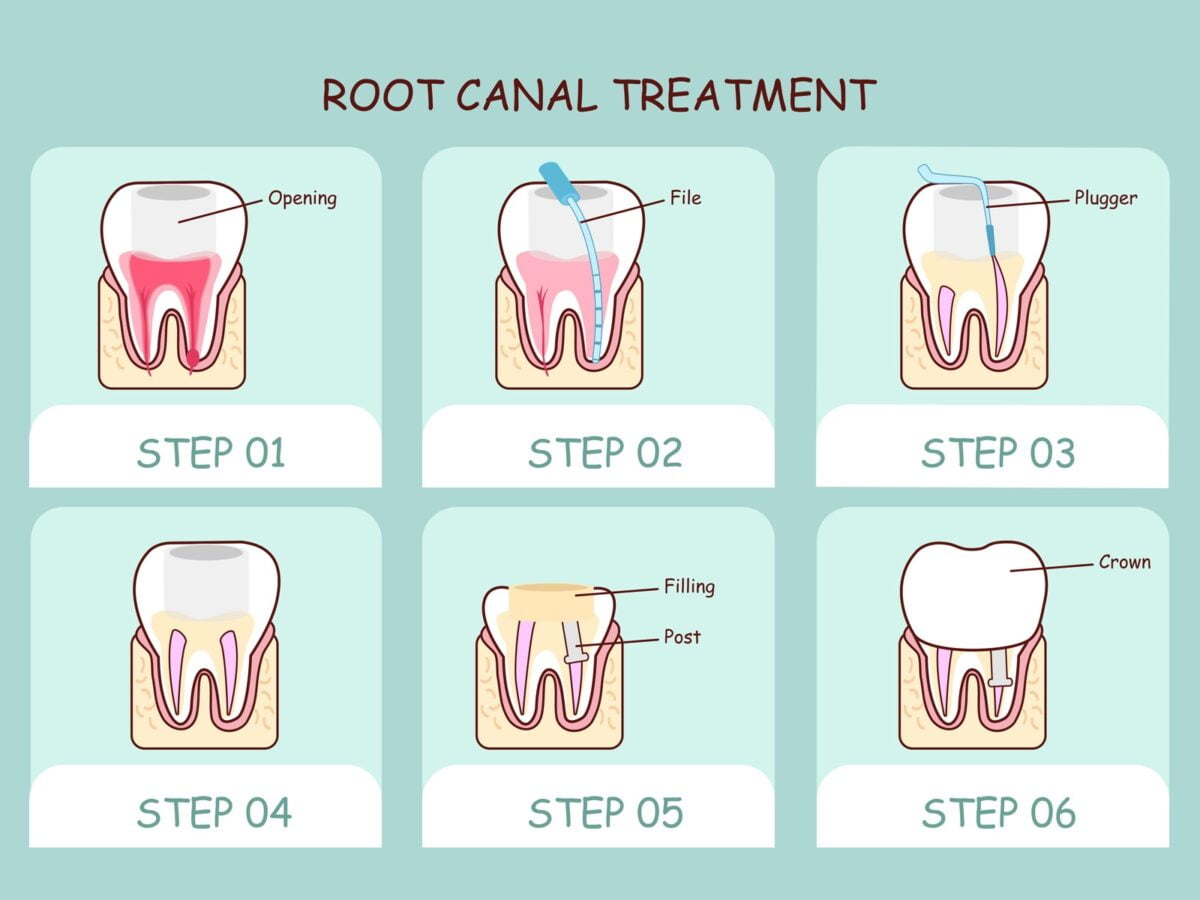
Why should you do porcelain teeth at Home Dental Clinic – 30 Trieu Viet Vuong?
The medical team of Home Dental ClinicClinic is always dedicated and gentle with the desire to bring a beautiful smile to everyone.
*Dr. Nguyen Anh Ngoc
- Specialist in Dentistry – Jaw – Facial at the University of Hamburg, Eppendorf hospital – Germany.
- Cosmetic Restoration Specialist.
- Having participated in many advanced dental training courses in European countries.
*Dr. Vu Duong Thanh
- Graduated from Doctor of Odonto-Stomatology – Hanoi Medical University
- Aesthetic Restoration Specialist
- Smile Design Specialist
- Participating in specialized training courses on oral and maxillofacial dentistry at home and abroad.
Besides, Home Dental has:
- A full system of cosmetic porcelain teeth of Germany helps to make cosmetic teeth according to new technology, minimize invasiveness and eliminate all risks such as gingivitis, black root, and bad breath.
- Modern dental technology system
- A separate examination chair system ensures privacy and cleanliness for each client
Contact Home Dental Clinic for a free consultation!









